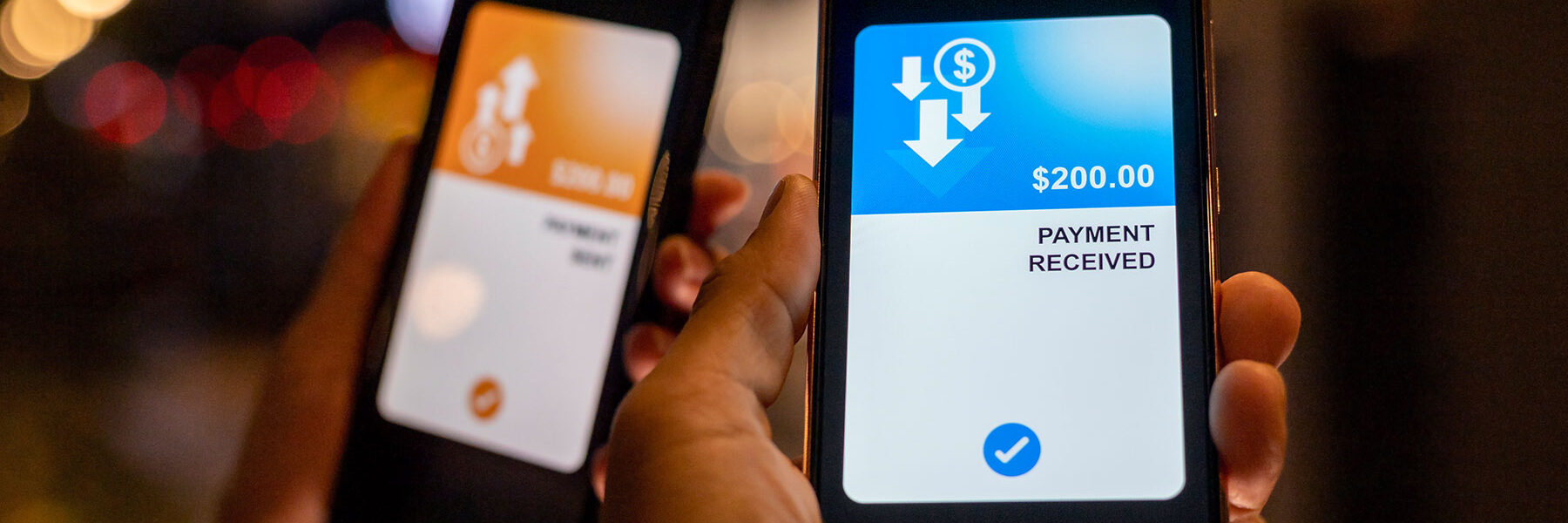In an age marked by rapid technological advancements and changing consumer preferences, nonprofit organizations should take advantage of best-in-class solutions to meet the evolving expectations of the modern donor.
While the philanthropy sector has been relatively slow to embrace modern payment methods such as digital wallets, the adoption of Apple Pay, Google Pay, Venmo, etc has become critically important. In this article, we explore why nonprofits should wholeheartedly embrace digital wallets with urgency to offer donors the experience they expect.
Shifting Consumer Habits and Industry Trends
We begin by acknowledging a fundamental truth: Customer experience matters. It matters so much that 80 percent of customers now believe the experience a company provides is as important as the products and services it offers (Salesforce 2023). Our research at BWF tells us that the nonprofit sector is no exception—the decision to give is, in part, dependent on the donor experience offered.
Digital wallets have emerged as an essential part of this transformation because base-level donors have come to expect the same ease and convenience they enjoy when interacting with consumer brands. The numbers tell a compelling story:
- Nearly nine in 10 Americans are using some form of digital payment, with platforms like PayPal, Venmo, Apple Pay, and Google Pay gaining widespread adoption (McKinsey & Company, 2022).
- Digital wallets have displaced credit cards as consumers’ preferred online payment method (FIS Worldpay, 2023).
- Digital wallets had a 32% share in transaction value in 2022; it is projected to increase to 41% in 2026.
- Many online marketplaces, including Amazon, now offer digital wallets. In 2021, digital wallets accounted for nearly half (49%) of global e-commerce transaction value, far outpacing credit cards (21%). FIS projects a 53% share by 2025 (FIS Worldpay, 2023).
- The online cart abandonment rate is over 70%, with 18% of consumers reporting their reason for abandonment was because the checkout process was too long, and 11% reporting that there were not enough payment options (Baymard Institute, 2023).
- Donors are increasingly making online donations via mobile devices, accounting for 28% of transactions in 2021 (Blackbaud, 2022).
The appeal of digital wallets goes beyond convenience. Donors appreciate the streamlined checkout process and the added layer of security these platforms provide. It’s a win-win: an effortless experience for donors and peace of mind for organizations.
Accelerated Giving Through Digital Wallets
The integration of digital wallets into nonprofit fundraising strategies holds the potential for accelerated donations and deeper donor engagement. Studies tell us the following:
- Organizations that offer a variety of payment options, including digital wallets, see up to a 14% increase in mobile conversion rates (Classy, 2021).
- Digital wallets also offer an advantage in retaining recurring donors. When donors link their digital wallets, the potential disruption caused by canceled or expired credit cards is mitigated. This ensures that recurring donations remain uninterrupted, even if a donor’s card expired or is replaced (Classy, 2021).
- The impact on donations is staggering. Digital wallets “reduce donor checkout friction, inspire trust, and increase unplanned gifts by 32% and repeat donations by 79%” (DonorPerfect, 2022).
- More than 40% of donors on the GiveCampus platform give via digital wallets, underlining their popularity (GiveCampus, 2023).
Not Just Nice to Have, But Expected
Many prominent nonprofit organizations have already harnessed the potential of digital wallets in their fundraising efforts. These organizations have witnessed enhanced donor engagement and increased contributions, demonstrating the transformative power of digital wallets in the nonprofit sector.
In the grand scheme of digital transformation, digital wallets are the wave of the future. Donors have already voted with their digital wallets, and organizations that don’t adapt risk being left behind. Embracing digital wallets isn’t just about convenience; it’s about staying relevant, fostering donor trust, and ultimately, having the donor support to make a more significant impact in the world.
While adding digital wallets to your payment method options requires the right tools and time to implement them, this is something that fundraising operations teams should prioritize in their digital transformation planning.
To learn more about BWF’s digital transformation and donor experience services, get in touch with James Barnard.




